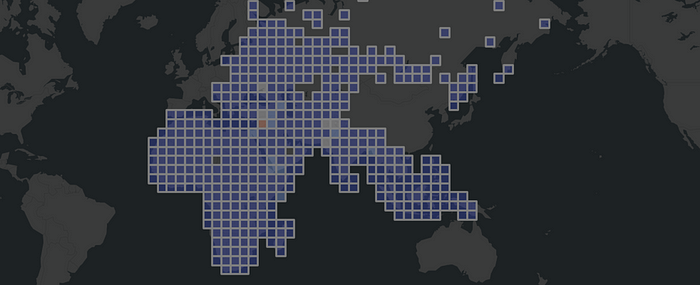Source: forextv.com
In a groundbreaking move, EarthCam, the trailblazer in live camera technology, content, and services, has announced its integration with ArcGIS Online. This collaboration marks a significant advancement in the world of Geographic Information Systems (GIS), offering ArcGIS users and developers unparalleled access to real-time visual data and enhancing the capabilities of location-based analytics.
EarthCam’s Expertise in Live Camera Technology
EarthCam has long been synonymous with cutting-edge live camera technology. The company specializes in capturing and sharing live streaming video, time-lapse construction cameras, and photography documentation for major construction projects, infrastructure developments, and iconic landmarks worldwide. With a vast network of cameras, EarthCam provides a unique perspective on the dynamic changes shaping our planet.
The Synergy with ArcGIS Online
The integration with ArcGIS Online opens up new possibilities for EarthCam’s visual data to be seamlessly incorporated into GIS workflows. ArcGIS Online, developed by Esri, is a powerful cloud-based mapping and analysis tool that enables users to create, share, and analyze maps, layers, and data.
By fusing EarthCam’s live camera feeds with ArcGIS Online, users gain access to real-time imagery that can be overlaid onto maps, providing a dynamic and up-to-the-minute view of construction sites, landscapes, and urban developments. This integration fosters a more comprehensive understanding of spatial relationships and facilitates better decision-making in various industries.
Benefits for Users
Enhanced Situational Awareness
The live camera feeds from EarthCam offer users a real-time view of their areas of interest. This real-time information enhances situational awareness, allowing users to monitor changes, assess current conditions, and respond promptly to growing situations.
Improved Project Management
For construction and infrastructure projects, the integration provides project managers with a valuable tool for monitoring progress. EarthCam’s cameras deliver visual documentation that can be used for project updates, issue identification, and stakeholder communication.
Accurate Spatial Analysis
The combination of EarthCam’s live camera technology and ArcGIS Online enables users to conduct more accurate spatial analysis. By overlaying live camera imagery onto maps, users can analyze the impact of changes on the landscape, identify patterns, and make informed decisions based on real-time data.
Benefits for Developers
Access to Live Camera Feeds via APIs:
Developers can leverage EarthCam’s APIs to seamlessly integrate live camera feeds into their ArcGIS Online applications. This access to real-time visual data enhances the user experience and adds a layer of dynamic information to mapping applications.
Customizable Applications
The integration provides developers with the flexibility to create customized applications that meet specific industry needs. Whether it’s monitoring construction projects, tracking environmental changes, or enhancing tourism experiences, developers can tailor applications to deliver the most relevant and impactful visual information.
Increased Data Interactivity
Developers can enhance the interactivity of their applications by incorporating live camera feeds. This not only engages users but also provides a more immersive and informative experience, ultimately enriching the overall GIS application.
The integration of EarthCam with ArcGIS Online represents a significant stride in the evolution of GIS technology. ArcGIS users and developers now have access to a wealth of real-time visual data, fostering improved decision-making, project management, and spatial analysis. As EarthCam continues to push the boundaries of live camera technology, the partnership with ArcGIS Online promises to reshape the landscape of geospatial information systems.
Link:
